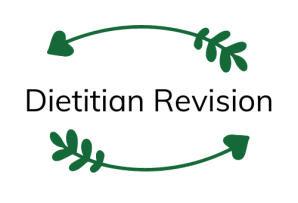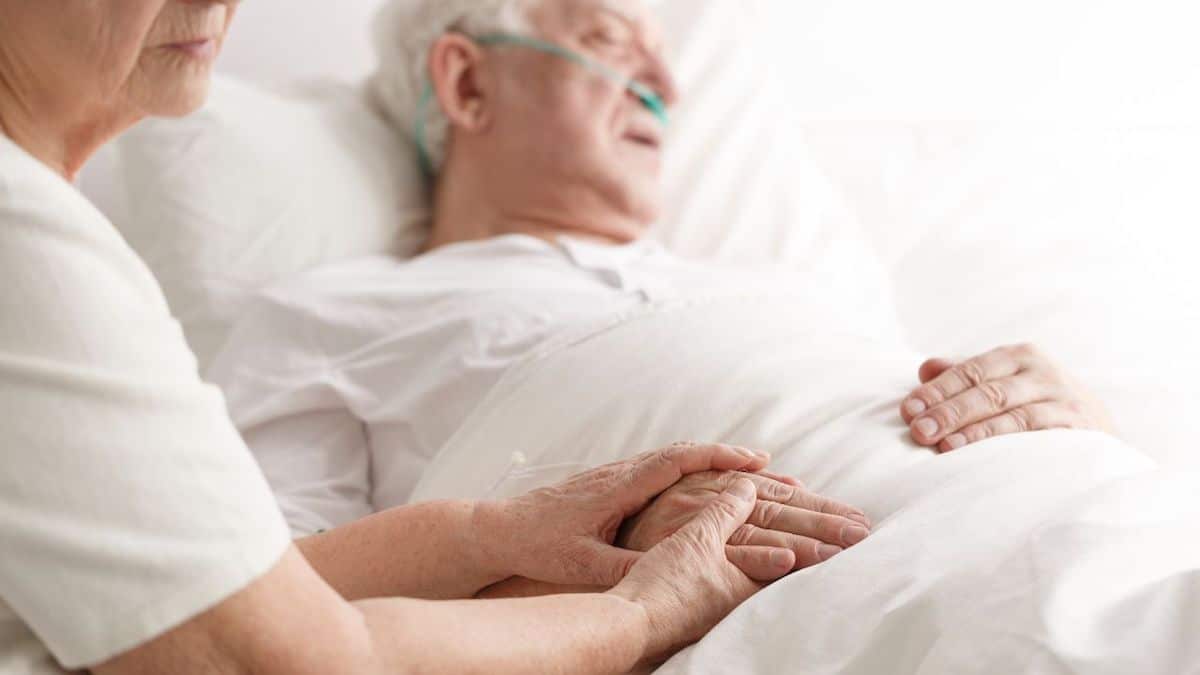Eating is an important part of life for pleasure, social factors, cultural connection, and for our bodies to function properly. Eating habits are often altered at the end of life.
This can be difficult for those suffering from terminal conditions, as well as their families and health care providers.
Let’s explore what eating may be like during end of life care.
What Does End of Life Mean?
End of life is commonly referred to as the point when a terminal disease reaches its final stages with life expectancy being only 6-12 months.
Terminal Conditions
70% of deaths in the United States are due to chronic disease (1).
Common progressive terminal conditions in the elderly include:
- Dementia
- Parkinson’s disease
- Cancer
- End stage COPD
- Liver cirrhosis
- Chronic kidney disease (CKD)
- Congestive heart failure
Nutritional Implications
Many terminal conditions have various nutrition related side effects.
- Poor absorption of nutrients
- Nausea
- Vomiting
- Diarrhea
- Dry mouth
- Poor appetite
- Slow gastric movement
- Inadequate intake
- Skin breakdown
- Increased nutrient needs
- Constipation
- Difficulty swallowing
- Anorexia
- Dehydration
- Cachexia
- Unavoidable weight loss
End of Life Eating Habits
Poor intake of food and fluids can commonly occur at the end of life. This can be for several reasons:
- Early satiety: feeling fullness quickly
- Lack of feeling hunger and thirst
- GI (gastrointestinal) discomfort
- Incontinence
- Dysphagia: difficulty swallowing
- Sedation
- Pain
- Difficulty breathing
Early Satiety
Early satiety is when fullness occurs after only a small amount of food has been eaten. Even after only several bites.
Decreased activity level, changes in brain signaling processes, and overall disease progression can all contribute to this.
Lack of Appetite
The feeling of hunger and thirst can diminish towards the end of life. As the dying process progresses the signals that tell the brain when we are hungry and thirsty diminish.
The will to eat and drink is no longer present, resulting in minimal intake.
GI Discomfort
Many gastrointestinal (GI) issues are common in the elderly.
Constipation can worsen with declining mobility and use of pain medications. This can exacerbate early fullness that may already be present.
Nausea and vomiting may increase with the use of medications on an empty stomach. Fear of GI distress can decrease intake.
Incontinence
It is not uncommon to become bed bound near the end of life. This can make incontinence more frequent, as getting to the bathroom is more difficult.
Bowel and bladder strength may also be negatively impacted. Some may feel the desire to limit food and fluids to reduce accidents.
Dysphagia
Many terminal conditions can impact swallowing ability. Overall weakness can also happen in the muscles involved in the swallow.
Serving soft or pureed foods and thickened liquids may help. However, dysphagia may worsen to the point where the swallow is no longer functional and oral intake is unsafe.
Sedation
When the goal of care becomes comfort, medications that have sedative effects are commonly used. Such as Morphine and antianxiety medications.
Oral intake becomes unsafe without proper level of alertness. Food and fluids may not be safe to even offer anymore.
Pain
Pain is common as terminal illnesses progress. It can significantly inhibit appetite.
Pain medications can also alter levels of alertness. This can impair eating ability and safety of oral intake.
Difficulty Breathing
End stage respiratory conditions, such as COPD, cause difficulty breathing despite interventions.
This increases nutritional needs as it takes more energy for the lungs to work.
Mouth breathing is common, which makes eating grueling, leading to more shortness of breath.
Artificial Nutrition
Loved ones can feel uncomfortable with the lack of intake that occurs near the end of life.
While many desire to be kept comfortable, for the dying process to take its natural course, some may explore the option of artificial nutrition via a feeding tube.
Despite the ability to provide nutrients, implementing artificial nutrition during the end of life may actually be a health risk (2).
It can lead to infection, respiratory problems, metabolic disorders, nausea, vomiting, diarrhea, and general discomfort (3).
Discussing wishes for end of life care with your loved ones is important to ensure desired care goals can be followed.
Read Feeding Tubes in the Elderly to learn more.
Practical Takeaways
Ability to eat adequate food and fluids drastically reduces near the end of life. Many factors play their role in this outcome.
Encouragement, feeding assistance, fortified foods, and supplements can help temporarily.
The goal of care commonly moves towards remaining comfortable with food and fluids provided.



